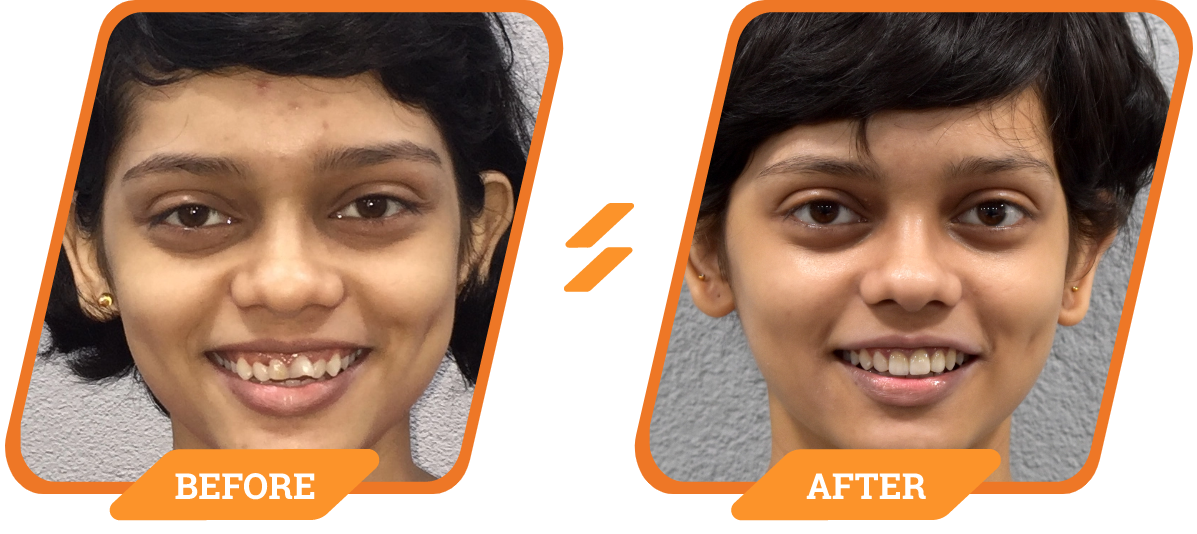TEETH ALIGNMENT IN 4 EASY STEPS

Visit a Flash-certified orthodontist for a precise post-treatment result simulation with live intra-oral scanning
01

Receive a customized treatment plan as per your dental needs
02

3D fabricated aligners along with a kit are dispatched in 4 working days
03

Start wearing aligners and get your progress tracked through timely checkups
04
2100+ Flash Certified Orthodontist
Highly Customizable
Cutting Edge Technology
3000+ Smiles Delivered
Measurable & Visible Results
WHY CHOOSE ALIGNERS OVER BRACES

Practically Invisible
Compared to the traditional braces, Flash Aligners are invisible, helping you smile and express yourself freely. This adds to the aesthetics as well as functionality.

No Dietary Restrictions
One of the best features of Flash Aligners is that they come with no dietary restrictions at all. Just remove your aligners before consuming food or liquids, and reinstate them on your teeth after you’re done.

Pain-Free
Unlike braces, Flash Aligners are pain-free and provide great comfort to your teeth and jaw. You might find a slight niggle in the initial days, but it will pass with time once aligners settle down.

Easy Maintenance
You can remove Flash Aligners and clean them with Flash cleaning foam provided in the maintenance kit. They don’t require specialist intervention on a daily basis.

Saves Time
Flash Aligners can align your teeth in a simple and effective way. You can see visible results in just under 6 months and fewer visits to orthodontists.
WHY FLASH ALIGNERS

Country Wide Network

Customised Treatment

Made In India

Predictable & Quick Results
WE WORK ONLY WITH TRUSTED ORTHODONTISTS
- Experienced Aligners Expert
- Best In Class Technology
- Excellent Patient Support
- Flash Certified
- Quality Support Staff
- Guaranteed Satisfaction




